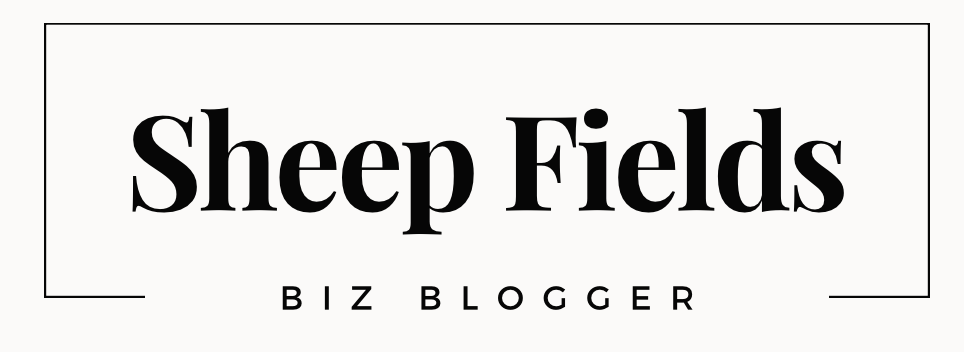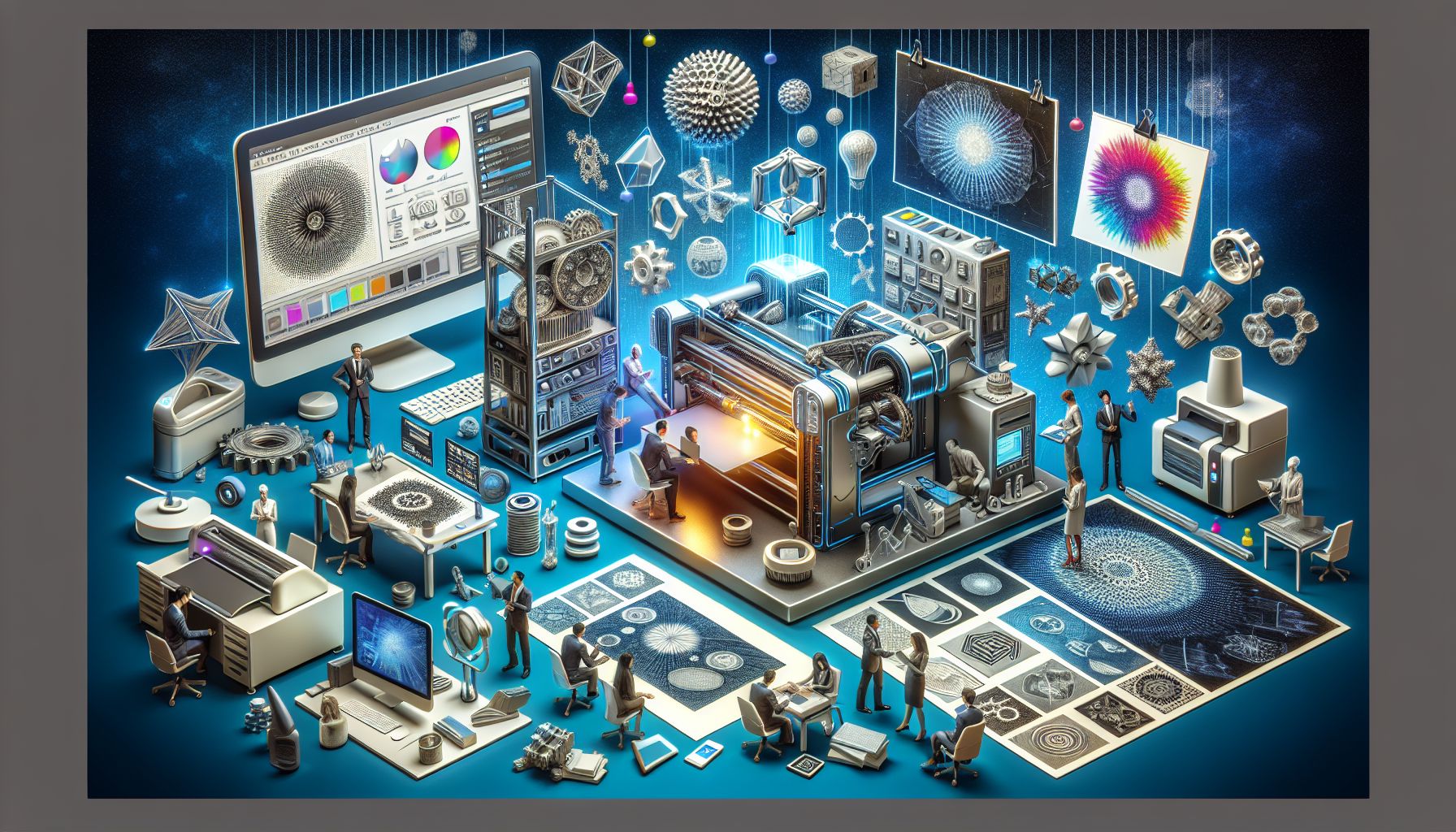The printing industry has evolved significantly over the past few decades, with new technologies and innovations constantly shaping the way we create and distribute printed materials. As we move into a new era of digital transformation, it’s important for professionals in the printing industry to stay ahead of the curve and adapt to emerging trends in order to remain competitive in the market.
In this blog post, we will explore some of the key trends that are currently shaping the printing industry, and discuss how businesses can leverage these trends to drive growth and success.
Digital Printing
One of the most significant trends in the printing industry is the growing popularity of digital printing. Digital printing offers a number of advantages over traditional printing methods, including shorter lead times, lower costs, and the ability to produce smaller print runs. In addition, digital printing enables businesses to personalize and customize printed materials, making it an attractive option for marketing and branding purposes.
As technology continues to advance, we can expect to see further innovations in digital printing, such as improved print quality, faster printing speeds, and the development of new materials and finishes. Businesses that are able to harness the power of digital printing will be well positioned to capitalize on this trend and differentiate themselves in the market.
Sustainability
Another key trend in the printing industry is the growing emphasis on sustainability. As consumers become more conscious of their environmental impact, businesses are under increasing pressure to reduce their carbon footprint and adopt eco-friendly practices. In response to this trend, many printing companies are investing in sustainable materials, energy-efficient equipment, and waste-reduction initiatives.
By prioritizing sustainability, businesses can not only reduce their environmental impact, but also improve their brand image and appeal to environmentally conscious consumers. As the demand for sustainable printing solutions continues to grow, businesses that are able to demonstrate their commitment to environmental responsibility will have a competitive advantage in the market.
Automation
The rise of automation is also having a significant impact on the printing industry. Automated printing processes can help businesses reduce costs, improve efficiency, and streamline their operations. From prepress and design to finishing and shipping, automation can help businesses automate repetitive tasks, minimize errors, and optimize workflows.
As technology continues to advance, we can expect to see even greater levels of automation in the printing industry, with the development of new software and hardware solutions that enable businesses to automate a wide range of printing tasks. By embracing automation, businesses can free up time and resources, allowing them to focus on more strategic activities that drive growth and profitability.
3D Printing
3D printing is another emerging trend that is revolutionizing the printing industry. With 3D printing technology, businesses can create physical objects layer by layer using a digital model. This technology has the potential to transform a wide range of industries, from manufacturing and healthcare to architecture and design.
As 3D printing technology continues to advance, we can expect to see new applications and uses for this technology in the printing industry. Businesses that are able to adopt and integrate 3D printing into their operations will be able to create unique and innovative products that set them apart from the competition.
Conclusion
In conclusion, the printing industry is undergoing a period of rapid change and transformation, driven by new technologies, changing consumer preferences, and evolving market dynamics. By staying informed about emerging trends and leveraging these trends to their advantage, businesses in the printing industry can position themselves for success in the years to come.
Digital printing, sustainability, automation, and 3D printing are just a few of the key trends that are shaping the printing industry today. By embracing these trends and adapting to the changing landscape of the industry, businesses can stay ahead of the curve and thrive in an increasingly competitive market.
As we look to the future, it’s clear that the printing industry will continue to evolve and innovate, offering new opportunities and challenges for businesses of all sizes. By staying flexible, adaptable, and forward-thinking, printing professionals can navigate these changes and position themselves for long-term success in this dynamic and exciting industry.

